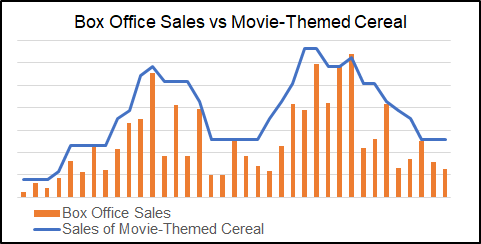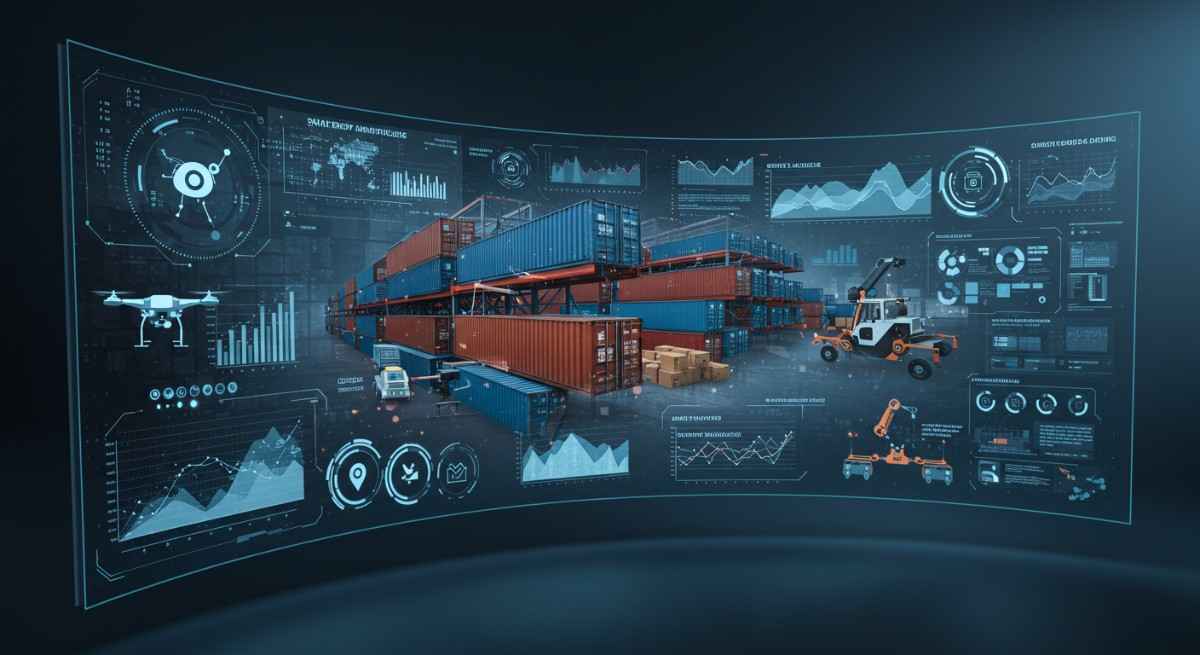As machine learning applications become accessible, organizations will adopt ML principles in their demand planning process, leading to better management.
What is demand planning?
It is expensive to build products that don’t sell well – Businesses incur warehouse costs to store excess inventory, and they incur expenses each time they move or repackage inventory. Finally, they frequently need to dispose of old inventory as it becomes outdated or expired. With all these costs combined, it costs businesses an average of $20 per year to manage $100 of inventory.
Because of the high cost of holding excess inventory, businesses develop forecasts of future demand through a process known as Demand Planning.
Demand Planning is the process of forecasting future demand for a product so that the supply chain has sufficient inventory to satisfy customer demand.
By knowing the likely sales of future products, the business’s supply chain can produce just enough products to satisfy customer demand, while at the same time not creating vast amounts of unsold inventory.
Complexities of demand planning: Example with Breakfast Cereal
The demand planning process is very hard to do well. Most media and large companies do quite well at forecasting total sales, but it gets quite hard to forecast sales at a product-specific level. Consider the sales of a major producer of breakfast cereal. In total, sales of all cereal varieties combined are pretty stable. However, when you analyze the sales of specific varieties, it is clear that some varieties are more predictable than others. Sales of both corn flakes and cocoa-flavored cereal are historically pretty stable.
These two varieties are likely to be forecasted based on a rolling average of sales in prior months, or a simple time series model.
However, sales of specialty cereals are volatile every month. Sales of Specialty #1 increased dramatically between Month 1 and Month 4, before declining again in Month 5. If you had not correctly anticipated the drop-off of sales in Months 5 and 6, it is quite possible you would have over-produced inventory.
In this quick illustration, I reveal the challenges of forecasting just four different product types. But, a large cereal manufacturer will likely have dozens of varieties – They may produce gluten-free, reduced sugar, sugar-free, various flavors, different package sizes, and unique product variants for each market or country. This quickly becomes a massive exercise to predict sales of each product!

Regression Analysis: A Static Comparison
To predict sales of highly-volatile products, skilled demand planners frequently rely on correlation with outside factors. While historical sales of any given product may appear quite random, the demand planner realizes that much of the volatility can be explained by creating a regression model against other data.
Continuing with the example of the sales of cereal, let’s assume Cereal Specialty #1 carries the theme of a recently released children’s movie. Thus, it is quite conceivable that sales of this cereal variety will be correlated with this movie’s performance at the box office. Once the children see the movie, they (or their parents) are likely to see the cereal on their next trip to the store. In this case, the demand planners at the cereal business may model box office sales for this movie as a leading indicator for this cereal variety, which carries the theme of the movie.

Machine Learning: Adapting to a Changing World
Up to this point, I’ve referenced both time-series and simple regression models as traditional techniques that demand planners employ to predict future product demand. Both of these techniques are essentially static models. That is, the forecast models utilize a defined set of inputs (either historical sales or defined market data).
Today, a vast amount of useful data is readily available – All types of data, including industry trends, economic data, and even weather forecasts and social network feeds, could be used to improve the predictive power of demand planning. For instance, continuing with the example of cereal sales – a recent study revealing previously unknown health benefits of oat bran may impact sales of oat bran cereal in the coming weeks.
Alternatively, a recent surge in consumer-packaged coffee may drive slightly increased sales of cereals that are paired well with coffee. Social signals on a movie release will likely impact sales of cereals that are themed with the movie.
Each of these factors, in isolation, may contribute to only slight increases in forecast accuracy. However, when several of these factors are combined, they may generate a dramatic improvement. While this in theory is great, the reality is that it would be cost-prohibitive to employ enough analysts to run statistical analyses against all possible factors.
Because of this, demand planning is an ideal application for machine learning. Through the use of sophisticated algorithms, machine learning applications can generate highly-predictive forecasts from enormous amounts of disparate data. The user typically inputs a training dataset, which may contain any number of source data that may be correlated with product sales. The software then identifies which data series are correlated with product sales, and generates an algorithm for the forecast model.
The key benefit of the machine learning process is that it is dynamic, meaning that the user can add datasets at any time, and allow the software to determine if the dataset is a good predictor of sales for any product category. As a simple example: Sales of umbrellas may be correlated with rainy days.
Upon further analysis, the user may want to know if nearby sporting events have any impact on umbrella sales. It would take a long time to run a regression analysis against every rainy day and sporting event. Instead, a demand planner could create a training dataset with historical sales data, weather conditions, and sporting events. With machine learning, he can quickly see which factors impact umbrella sales for a particular region.
Rapid Adoption of Machine Learning
Most large universities now offer programs specifically tailored to data analytics professions. Similarly, organizations like Data Science Dojo provide training specifically geared to the adoption of data science. Accordingly, it will continue to get easier to find people with both an interest and experience in the machine learning profession.
In addition, software tools designed for machine learning are becoming accessible to the general public. For instance, Amazon Web Services now offers a forecasting tool that allows virtually anyone to build and deploy a demand forecast using machine learning.
Conclusion
Machine Learning Will Transform Demand Planning
As machine learning applications become more accessible, we will see more organizations adopt machine learning principles in their demand planning process. Instead of relying on the decades-old strategy of using time-series analysis or simple regression, supply chains will become more optimized. Today, businesses in most industries maintain 60 to 90 days of inventory. Once machine learning becomes more widespread, we will see businesses routinely manage with less than 30 days of inventory on hand.
Check out some of the best machine learning courses.


